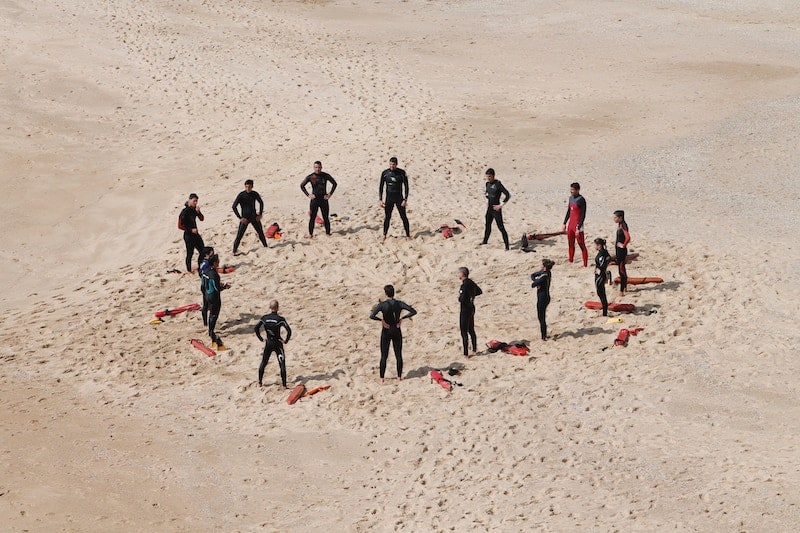Photo by Margarida CSilva on Unsplash
We’ve got a great exercise you can use in your team retrospectives or workshops to better understand the nature of groups and explore the hidden connections that can hold your team together and help it become more than the sum of its parts.
Whether you’re using Scrum or practising Kanban the team retrospective is where you get the chance to inspect and adapt your work as a team. The retrospective is also the most overlooked and unappreciated element in agile teams. Maybe you’re busy getting the CI/CD pipeline setup, wondering how best to perform code reviews, implementing a multi-level testing strategy or focusing on estimation or capacity planning. That’s all good stuff but what about the team?
In a retrospective, we want to understand how the last Sprint, iteration or release went. We look at that through the lens of people, relationships, process, and tools. In my experience teams will often focus on the tools and the process skipping over people and relationships, and yet people and relationships are at the core of creating high performing teams.
Great teamwork is so essential to companies like Google that they embarked on a multi-year study to discover what the difference was between their great teams and the others. You can read all about that here if you’re interested but what came out as the top two drivers of a great team were:
Psychological safety: Can we take risks on this team without feeling insecure or embarrassed?
Dependability: Can we count on each other to do high-quality work on time?
If you’re ready to help your team to become a great team then take a look at String Theory, all you need is a team and a ball of string. Let us know how you get on in the comments or tweet @beliminal
Author: Eben Halford


